Tallahassee’s Top Cleaners: Save Time, Money with 24/7 Wall Leak Carpet Repair
Are you in Tallahassee, FL, facing a water leak that’s caused severe damage to your carpets? Look no…….
Understanding Tallahassee Water Leaks In Walls
Water leaks within walls are a pervasive issue across various regions, including Tallahassee. These leaks can originate from numerous sources such as plumbing fixtures, faulty seals around pipes, or compromised water lines within the building structure. The presence of moisture behind walls can lead to a host of problems including structural damage, mold growth, and electrical hazards. Addressing Tallahassee water leaks in walls is not only about fixing the immediate leak but also involves understanding the broader context of building construction, water management systems, and local climate factors.
In Tallahassee, with its humid subtropical climate, the potential for water intrusion is heightened. The city’s older infrastructure may also contribute to increased instances of leaks due to aging pipes and materials. Understanding the components of a typical water leak in walls involves recognizing the signs such as peeling paint, discolored walls, or musty odors, which often indicate hidden moisture issues.
Global Impact and Trends
The impact of water leaks within walls transcends local boundaries, affecting communities worldwide. The severity of these leaks can vary depending on factors like building materials used, environmental conditions, and regional water pressure levels. Global trends in construction and urban development influence the prevalence and severity of such leaks. For instance, energy-efficient buildings with improved insulation can trap moisture within walls, potentially exacerbating leak issues.
Different regions face unique challenges, with arid climates dealing with issues related to hard water, and coastal areas contending with salt corrosion accelerating pipe degradation. The global trend towards sustainable development also impacts how water leaks are managed, as there is an increased focus on water conservation and efficient use of resources.
Economic Considerations
The economic implications of water leaks in walls are significant. From a homeowner’s perspective, the cost of repairs can be substantial, including direct costs of labor and materials and indirect costs such as increased utility bills and potential health risks associated with mold exposure. On a larger scale, these leaks contribute to water waste, which has economic and environmental implications.
At an industry level, there is a growing demand for advanced detection systems, non-invasive diagnostic tools, and waterproofing solutions. These innovations are driving economic growth in the construction, plumbing, and environmental sectors. Additionally, the insurance industry is directly impacted by the prevalence of these leaks, as claims related to water damage continue to rise.
Technological Advancements
Technological advancements have significantly improved the detection and mitigation of water leaks in walls. Innovations such as smart water leak sensors, thermal imaging cameras, and moisture-detecting devices enable early leak detection, reducing the extent of damage and associated costs. Additionally, advancements in materials science have led to the development of more durable and water-resistant building products.
Future potential includes the integration of these technologies into a comprehensive smart home system, allowing for real-time monitoring and predictive maintenance. The use of artificial intelligence (AI) and machine learning (ML) algorithms is also expected to enhance leak detection accuracy and efficiency.
Policy and Regulation
Policies and regulations play a crucial role in managing water leaks within walls. Building codes and standards dictate the materials and methods used in construction, influencing the susceptibility to water intrusion. Regulations around water conservation, energy efficiency, and sustainable building practices are also relevant.
Legislation such as the Lead Renovation, Repair, and Painting Program (LRRP) in the U.S., which addresses the risks associated with lead-based paint, indirectly affects the management of water leaks. Compliance with these regulations is not only a legal requirement but also promotes safer and more efficient buildings.
Challenges and Criticisms
One of the primary challenges in managing water leaks within walls is early detection. Leaks can often go unnoticed for extended periods, leading to more extensive damage and higher costs. Another challenge is the lack of standardized practices across different regions, which can result in inconsistent responses to these issues.
Criticisms often center around the slow pace of adoption for newer technologies and the reluctance of some stakeholders to invest in advanced detection systems due to their upfront costs. There is also a need for increased public awareness regarding the signs of water leaks and the importance of prompt maintenance.
Case Studies
Several case studies illustrate successful interventions in addressing Tallahassee water leaks within walls. For instance, a local high-rise residential building implemented a comprehensive water management strategy that included regular inspections, upgraded plumbing fixtures, and the use of smart sensors. This proactive approach resulted in a significant reduction of leak incidents and associated costs.
Another case study involves a historic home in Tallahassee that was restored using modern waterproofing materials and techniques while maintaining its original charm. The restoration not only preserved the property’s heritage but also made it more resilient to water intrusion. These examples highlight the importance of integrating innovative solutions with proven practices.
Conclusion
Addressing water leaks in walls is a multifaceted issue that requires a concerted effort from homeowners, industry professionals, policymakers, and technology developers. In Tallahassee, the combination of local climate factors, aging infrastructure, and regional trends presents unique challenges. However, through informed policy, technological innovation, and proactive maintenance practices, these challenges can be effectively managed, leading to safer, more efficient, and more sustainable buildings. The economic and environmental benefits of such efforts are clear, and they underscore the importance of a holistic approach to this prevalent issue.
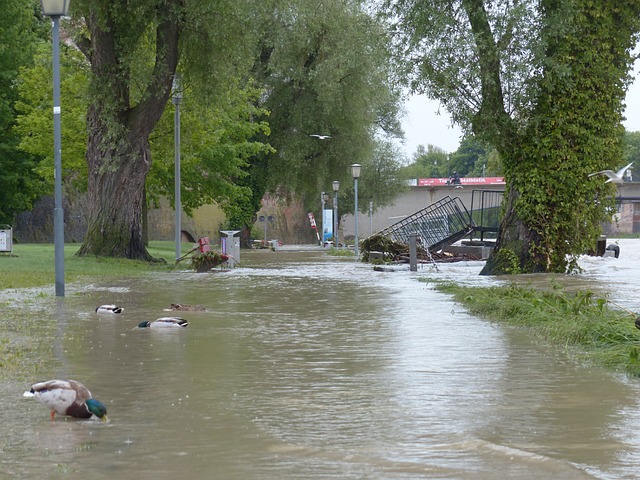
Are you in Tallahassee, FL, facing a water leak that’s caused severe damage to your carpets? Look no…….

Are you tired of dealing with the costly aftermath of water leaks in your Tallahassee home? It’s tim…….
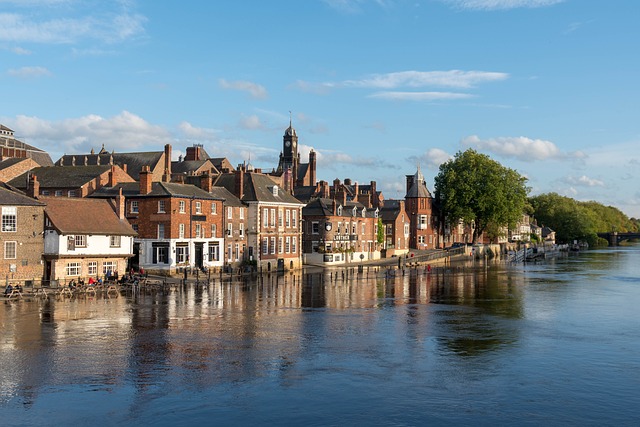
Are you tired of dealing with persistent water leaks in your Tallahassee home, only to face costly w…….
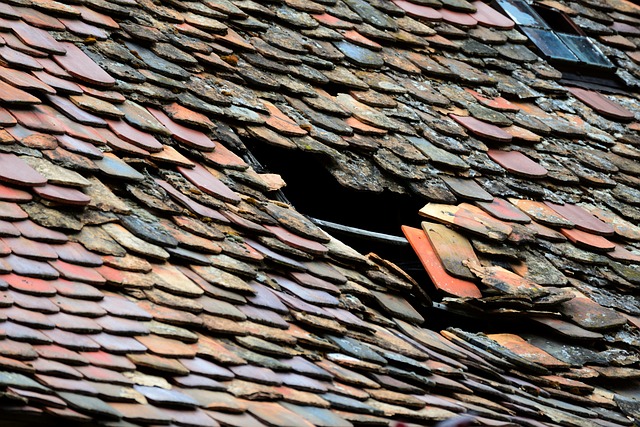
Are you a business owner in Tallahassee worried about water leaks causing damage to your walls? Don’…….
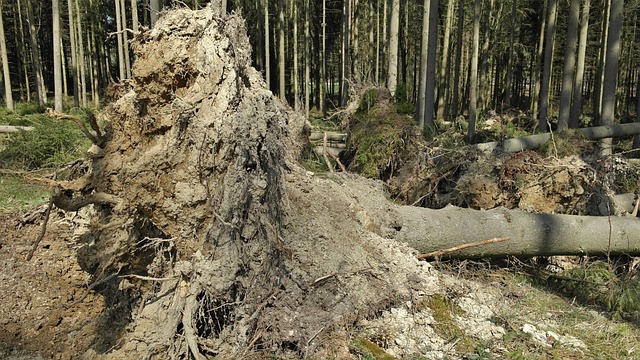
Addressing the silent threat of mold behind your walls in Tallahassee no longer requires you to str…….
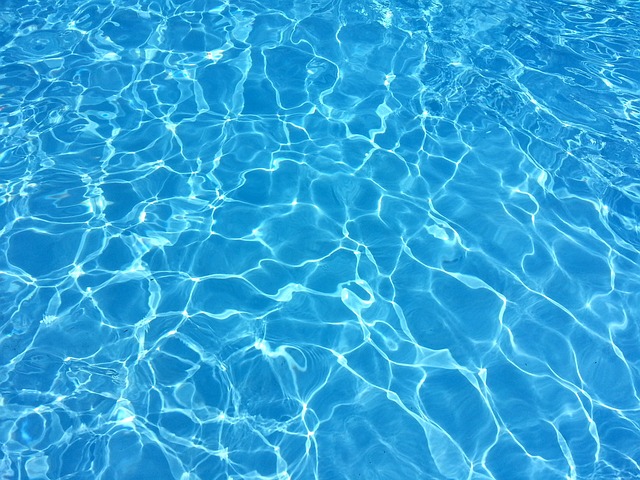
Are you grappling with the hidden menace of water leaks in your Tallahassee home? These silent destr…….
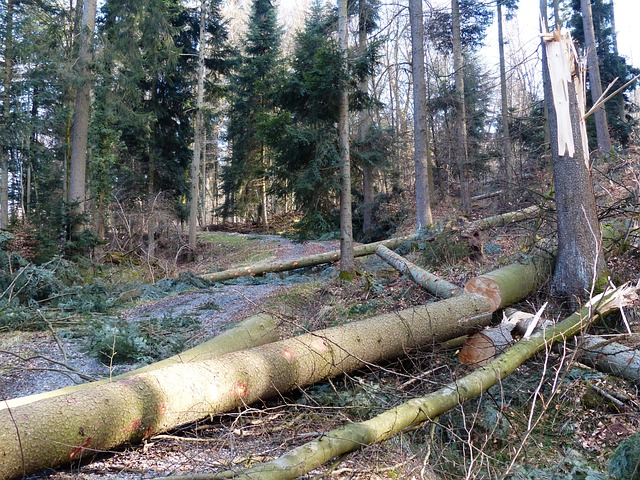
Protect your Tallahassee home from the hidden dangers of water leaks leading to mold growth. Don’t l…….